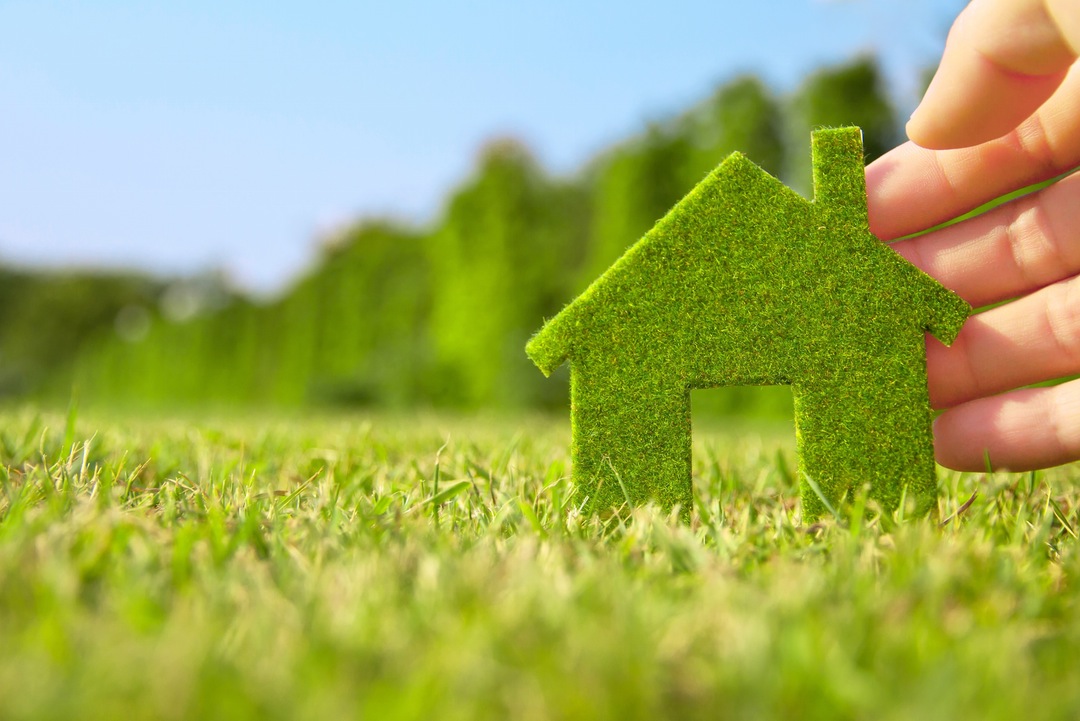All buildings or structures that can be termed as eco-friendly are either benefiting the environment, or even just refraining from harming the local environment, while also being efficient in terms of resources used for construction and long term maintenance. As science as improved our understanding of the negative impacts of eco-friendly edifices, it has become more and more in demand for construction workers and companies to understand and be capable of building products that are green, instead.
While using construction techniques that are environmentally friendly were once considered a costly and expensive alternative that companies could not afford if they wanted to be a successful business, recent innovation has brought about a resurgence in popularity. Otherwise known as eco-friendly construction, so-called “green” buildings are offering up benefits that appeal to everyone, in fields including social, economic, and of course, environmental.
Well-Rounded Energy, Water, and Material Efficiency
Buildings that are eco-friendly have greatly improved efficiency on three fronts: energy, water, and materials or resources used.
In terms of energy, the goal is to reduce how dependent the building is on using energy, especially any that is used from non-renewable resources, like coal. Most buildings are able to achieve this aim by making intelligent use of solar panels, and designing rooms to make the most out of natural light (and therefore reducing how much artificial light is used).
Is is becoming increasingly clear to younger generations that clean water is not a renewable resource, especially at the rate it is currently consumed by human populations, and therefore smart builders are finding ways to construct in ways that reduce and creatively reuse water usage. This can be accomplished through catching and utilizing rain water, improved and efficient modern plumbing, and installing purification systems to enable recycling.
Material efficiency covers a broad and essential part of construction, as it refers to both how materials are produced and then how they are utilized, and works towards creating minimum waste without compromising the final quality of the product in any way. In addition, a minimum of materials should be used during construction, which both saves our finite earth resources and saves the construction company money on material purchasing.
The best eco-friendly materials for construction must be durable and long-lasting, often come from recycled products, and work towards a final design that encourages minimal product use. All in all, materials work together with energy efficiency and smart usage of water resources to create the foundation of a green building that will help humanity for the long haul.
Low Cost of Maintenance and Operation
A properly green building has careful and well-thought out design work in the architecture that keeps it green for years and even decades to come, ensuring that more than just the construction process is eco-friendly. They make use of certain construction features that are unique to create efficiency in water and energy usage on a daily basis, which lowers the monthly bills for the property owners.
Key factors to improve the efficiency includes clever task light over ambient lighting, and smart use of daylight and sunlight resources. Knowing that over the lifetime of a building, the maintenance costs can factor as much as 80% of the total building cost, reducing these bills in any way can greatly increase the value of property that is being constructed.
Better Indoor Environment & Improved Human Health
The internal environment of a building, including factors such as thermal conditions, air quality, ergonomics, and lighting, affect the physical and psychological health of the humans who inhabit or work in the structure. The best indoor environments can even work to reduce stress and improve overall quality of life.
Health benefits occur because products and materials used in a green building are eco-friendly, and therefore do not include toxic by-products that can negatively affect health in the short or long term. The lack of toxic substances, such as carcinogens, prevent breathing difficulty for the inhabitants and even reduces the chance of cancer.


